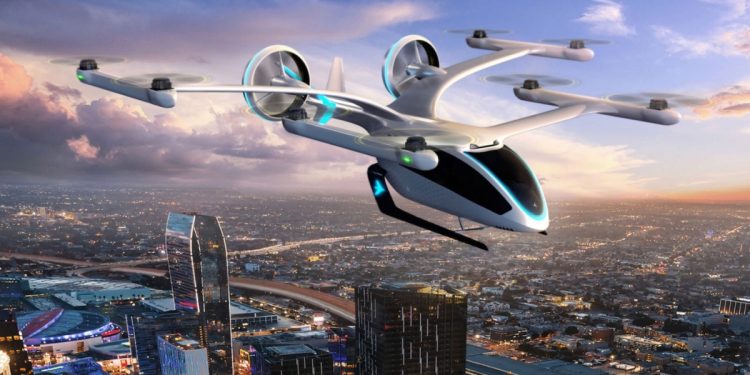As technology continues to evolve, so does our ability to use it in new and innovative ways. Urban air mobility (UAM) is a perfect example of this – with the potential to revolutionize healthcare delivery. By providing a faster, more efficient way to get patients from one point to another, UAM has the potential to improve patient care and reduce costs. Read on for more information about how UAM can contribute to healthcare!
1. Increased Efficiency And Decreased Travel Times For Patients
One of the biggest benefits of UAM for healthcare is its potential to improve efficiency and reduce travel times for patients. This can be especially important in cases where time is of the essence, such as emergencies.
With UAM, patients can be transported quickly and easily to the hospital, thus enabling patients to seek immediate care. In addition, UAM can also help to reduce the amount of time that patients spend traveling to and from appointments, which can be especially helpful for those who live in rural or underserved areas.
2. Easy Transport Of Organs
Blade, an urban air mobility company run by Rob Wisenthal has already started to use on-demand helicopters to provide end-to-end transport of body organs from the donor’s hospital to NYU Medical Facility.
During organ transportation each minute counts and the chances of a successful surgery decrease with each second the organ remains outside the body. The use of helicopters to transport organs significantly shortens the transport time when compared to traditional ambulance methods.
3. More Opportunities For Medical Research And Education
Another benefit of UAM is that it can provide more opportunities for medical research and education. With UAM, researchers can study difficult-to-reach patients and experiment with new medical technologies in a safe and controlled environment. Additionally, educators can use UAM to provide hands-on training for the next generation of healthcare professionals.
There are many opportunities for medical research and education collaboration as a result of advancements in urban air mobility. For example, hospitals in different parts of the world can now easily connect with one another to share best practices and the latest research.
Additionally, patients in rural and underserved areas now have better access to healthcare. This is possible because flying cars can reach these areas much faster than ground transportation.
4. Easier Access To Care In Rural And Underserved Areas
One of the biggest advantages of Urban Air Mobility is that people living in remote areas can avail medical facilities very easily. UAM can help to bridge the gap between rural and urban healthcare by providing easier access to care in rural and underserved areas.
UAM can also help to improve patient outcomes by providing easier access to care in rural and underserved areas. By reducing the need for patients to travel long distances, UAM can help them to gain access to immediate medical care instantly.
This will cut the risk of medical errors and improve patient outcomes. Additionally, UAM can help to speed up the diagnosis and treatment of patients, which can lead to better health outcomes in the long run.
5. Improved Patient Safety
UAM can also play an important role in improving patient safety. By reducing the need for patients to travel long distances, UAM can help them to gain access to immediate medical care instantly. This will cut the risk of medical errors and improve patient outcomes.
Every year many lives are lost in remote areas due to the lack of timely medical care. Advancements in Urban Air Mobility (UAM) can help bridge the gap between rural and urban areas, by providing a faster and more efficient way to transport patients.
In addition, UAM has the potential to reduce greenhouse gas emissions and improve patient safety. By reducing the need for long-distance travel, UAM can make it easier for patients to access the medical care they need. This could have a significant impact on public health, especially in rural and underserved areas.
6. Faster Response Times to Emergencies
In emergencies, every second counts. UAM can help to reduce the response time for emergency medical services, which can save lives in critical situations. With UAM, paramedics and emergency medical technicians can reach the scene of an accident much faster, which can ensure immediate medical care for the patient or injured.
It is estimated that UAM can reduce travel time for patients by 60% or more. In addition to efficiency improvement, decreased environmental impact is another benefit of using UAM for healthcare transportation. Many startups in aviation are working tirelessly to employ UAM to make emergency care accessible to everyone.














